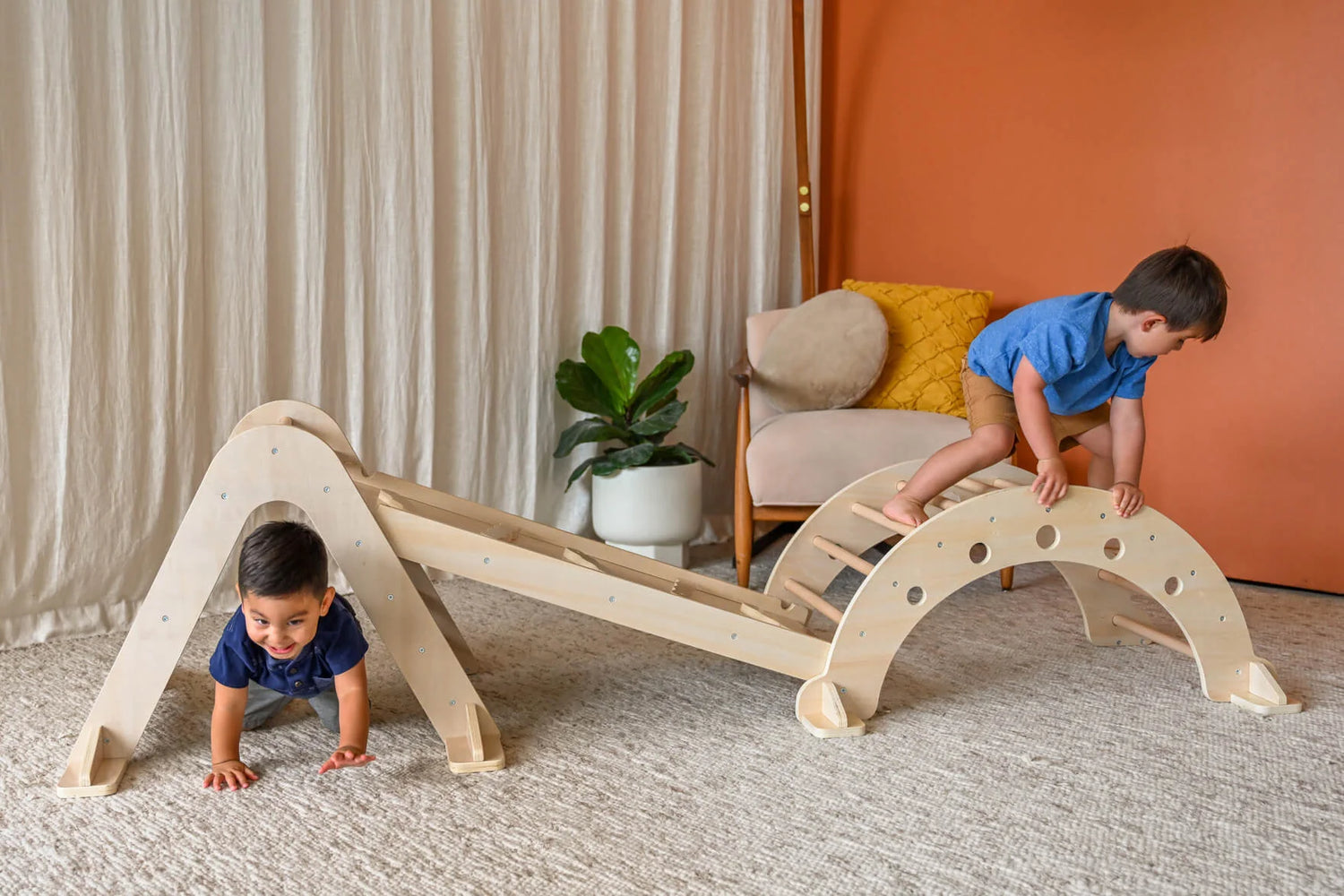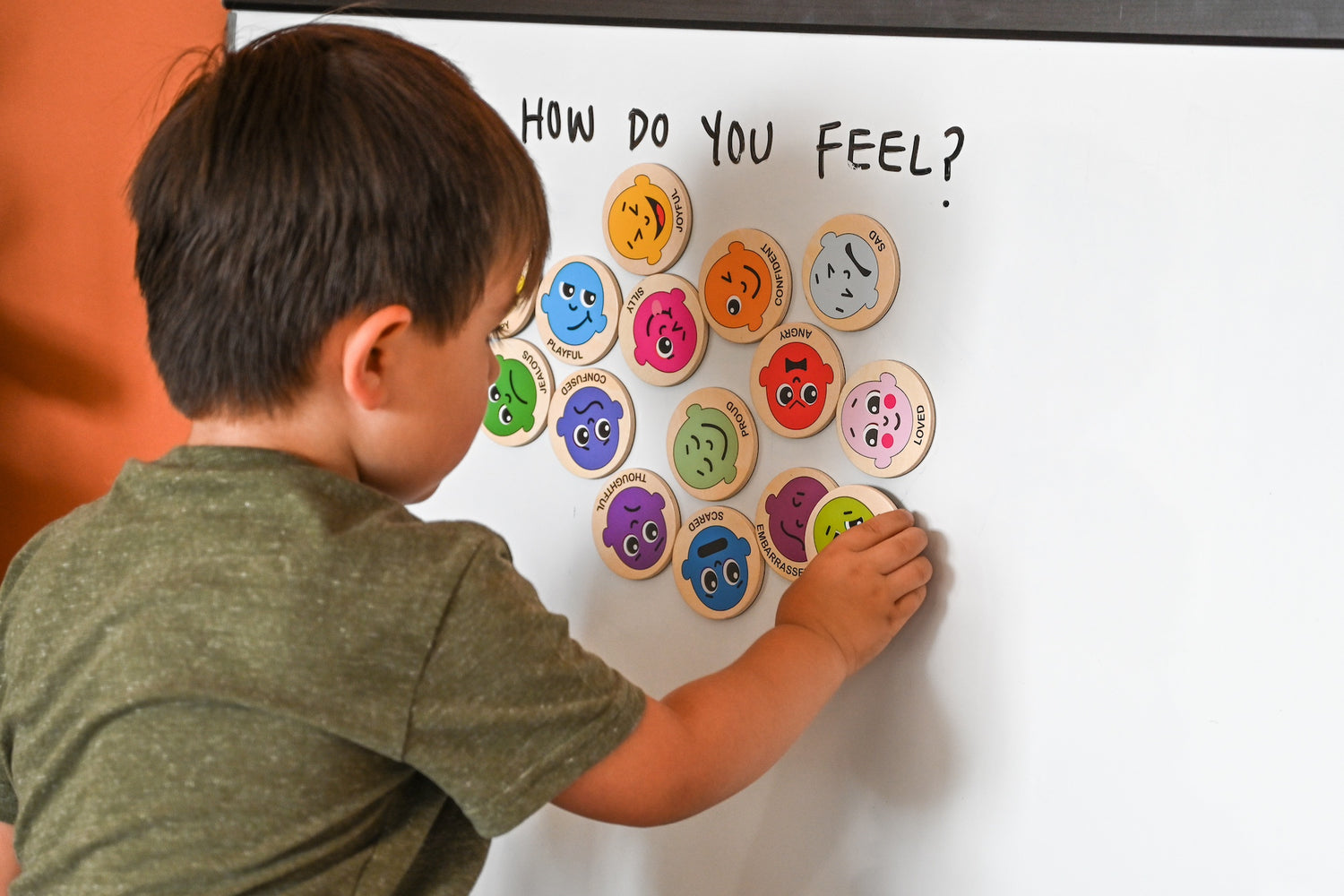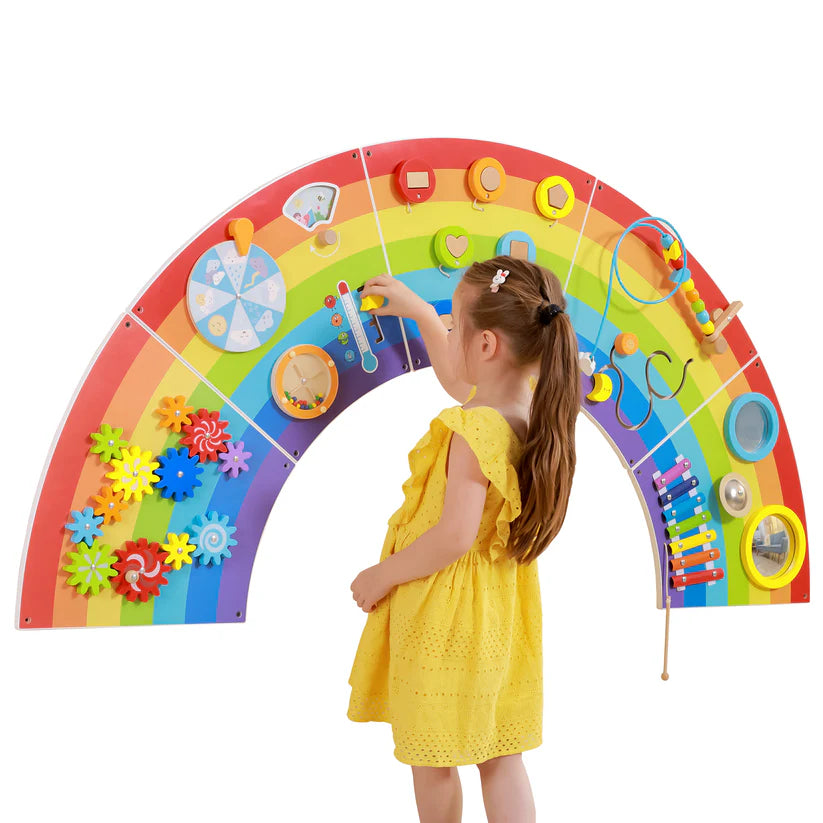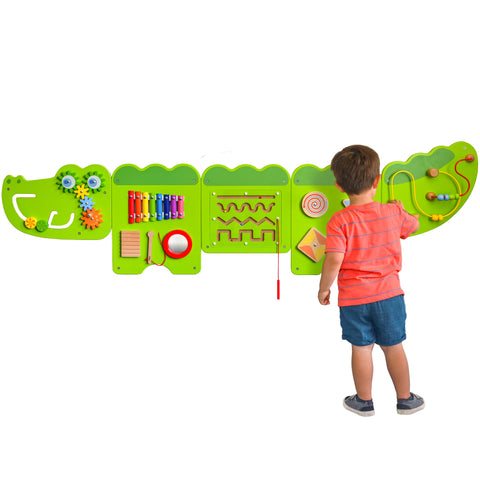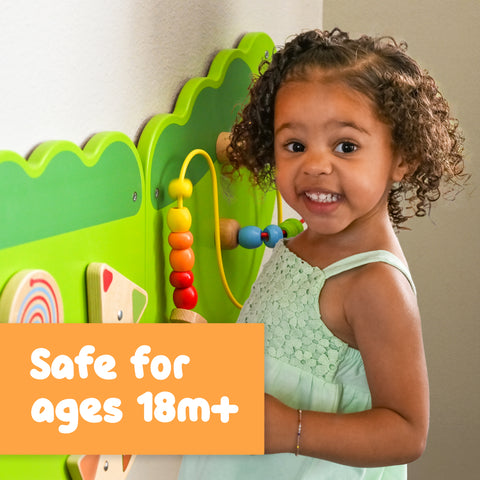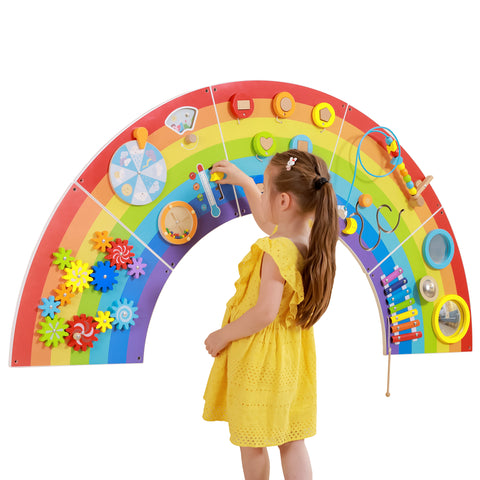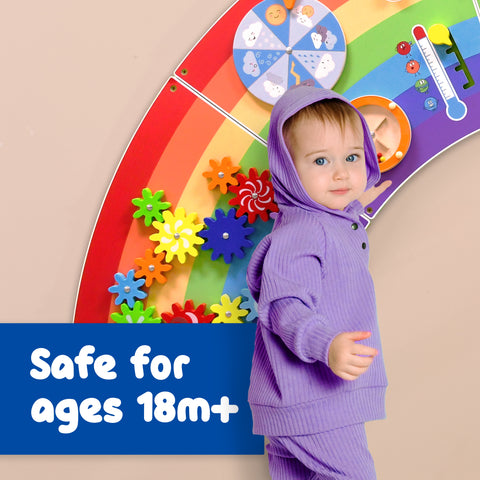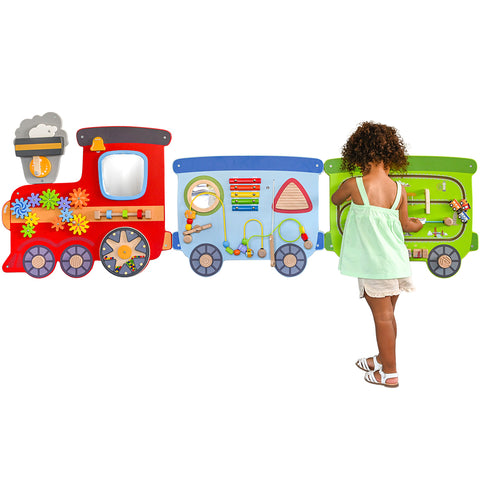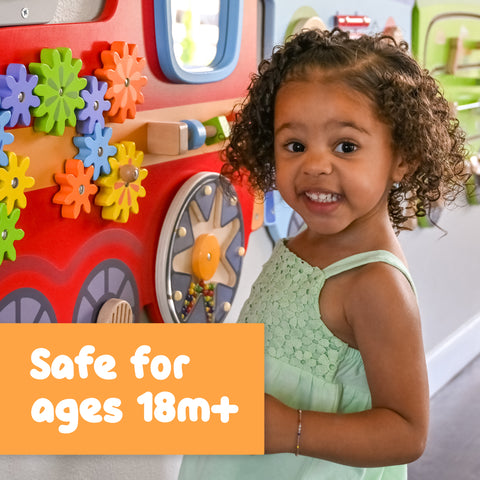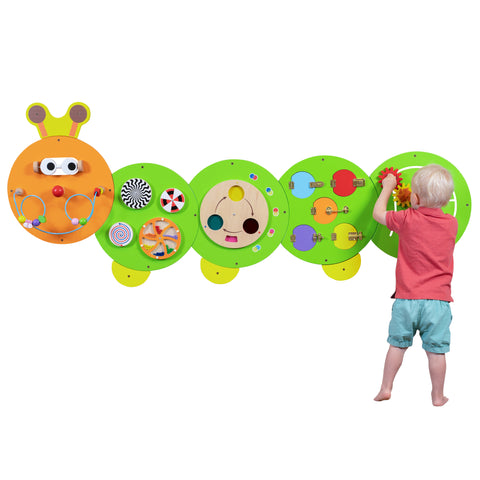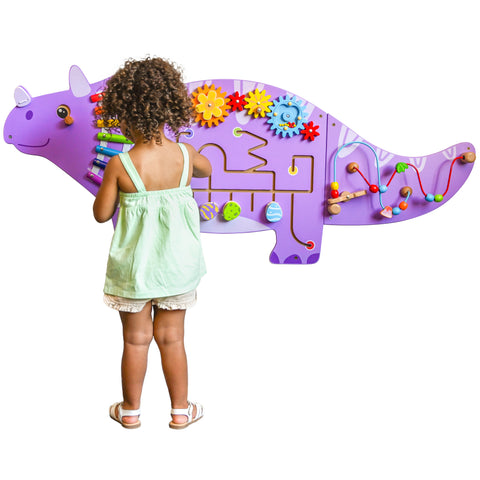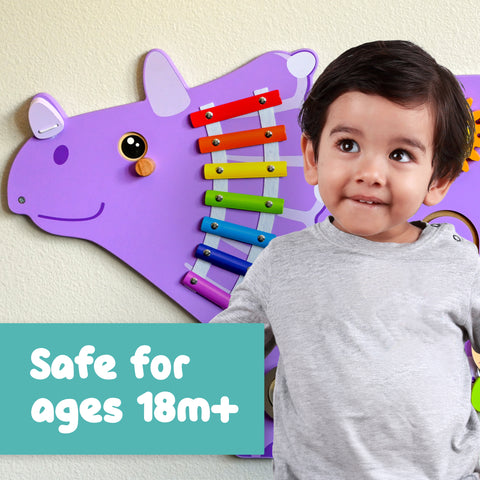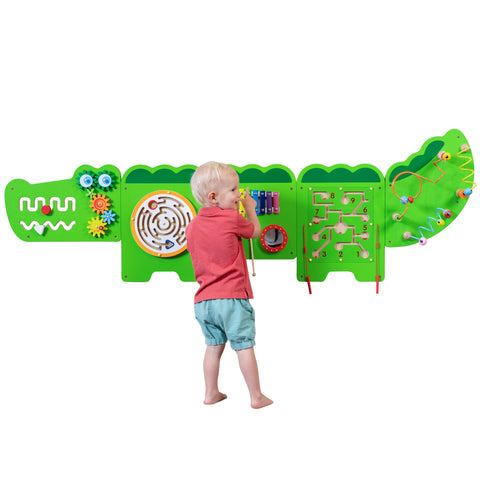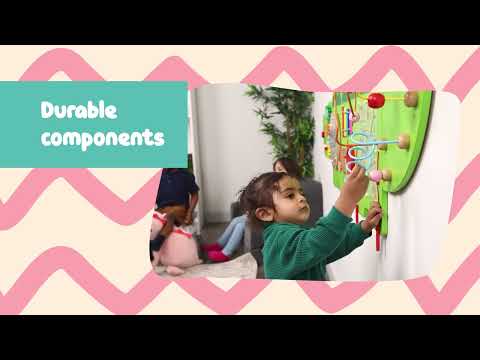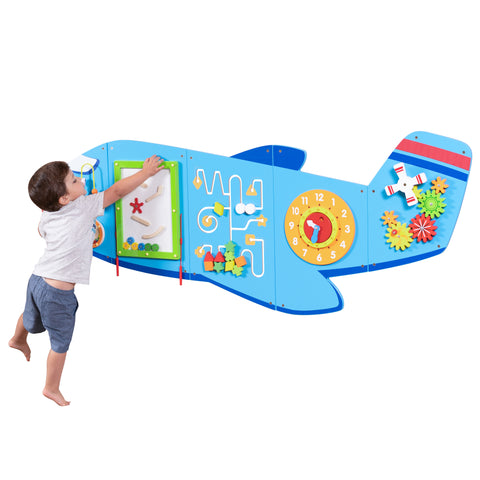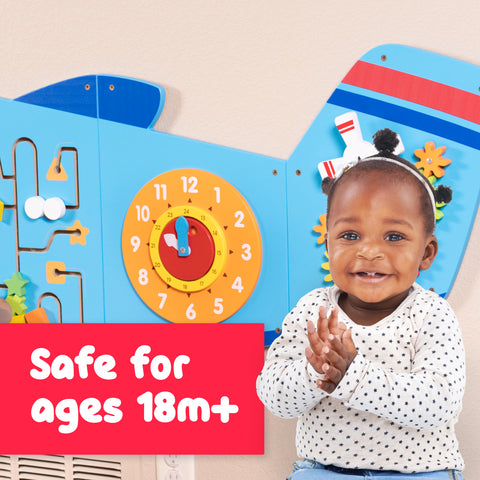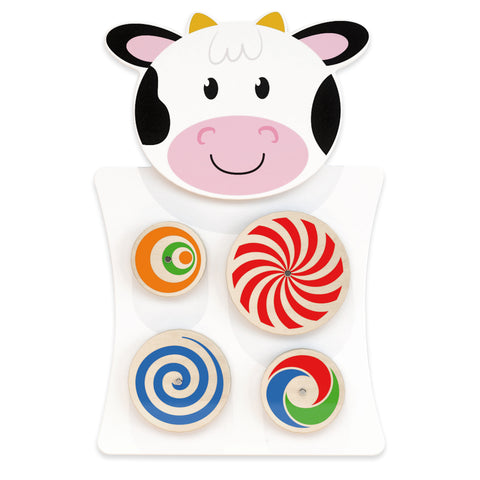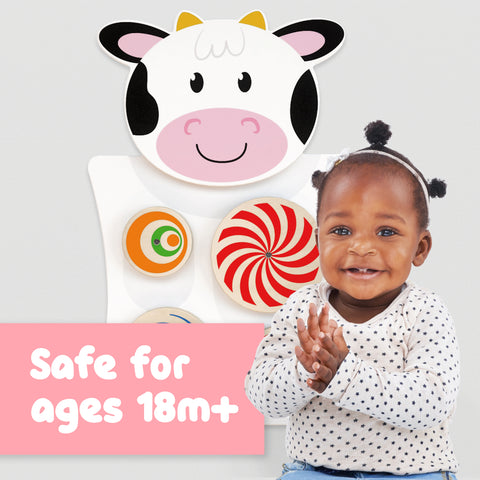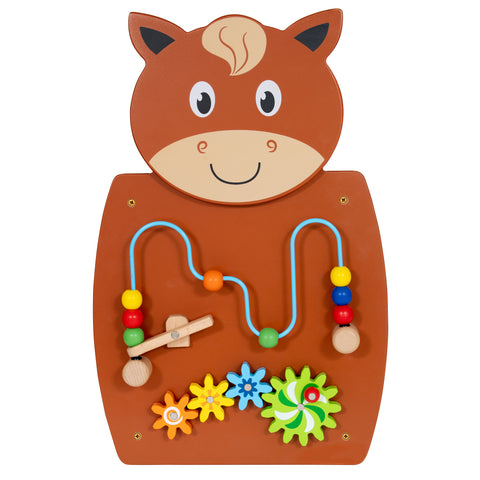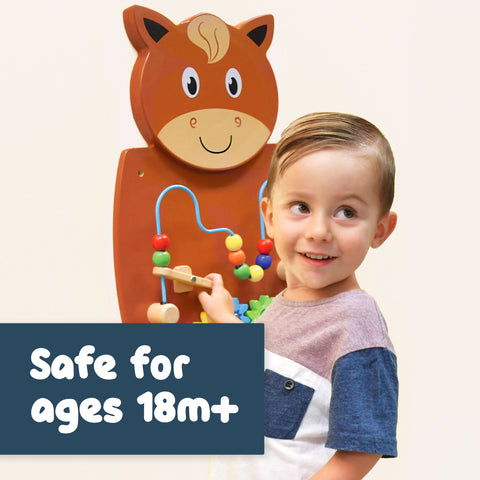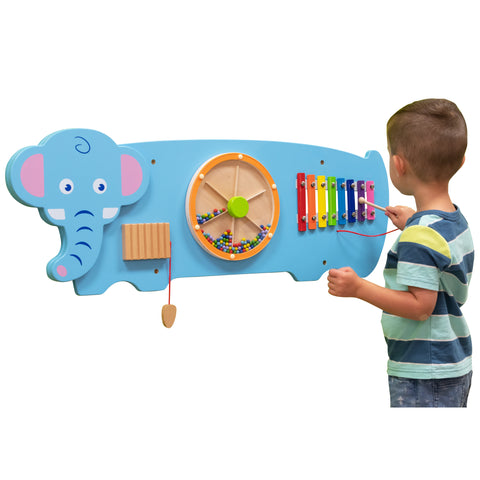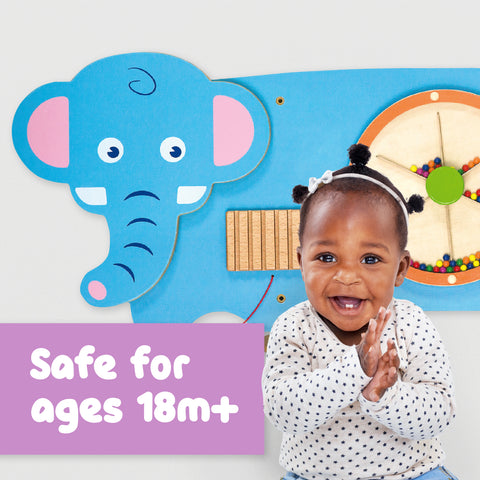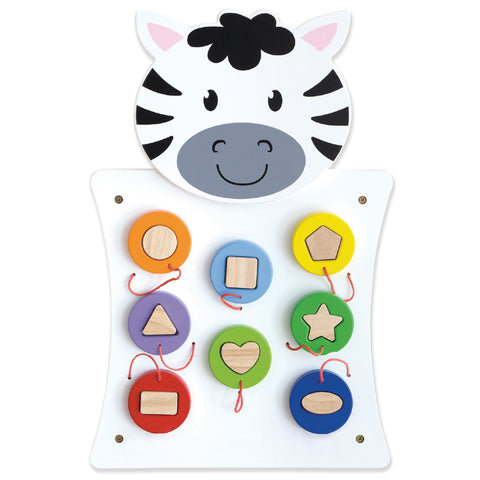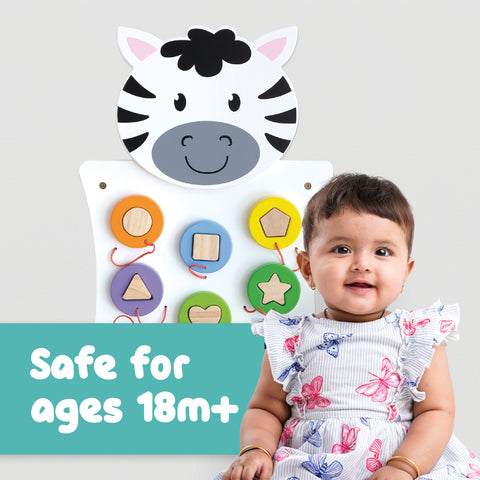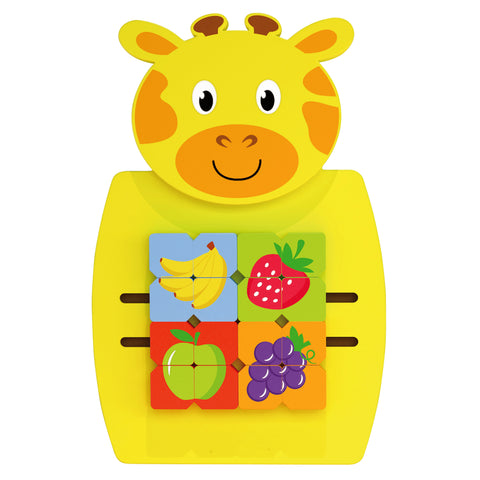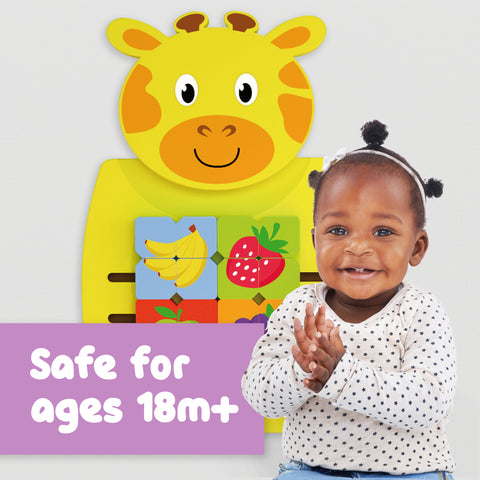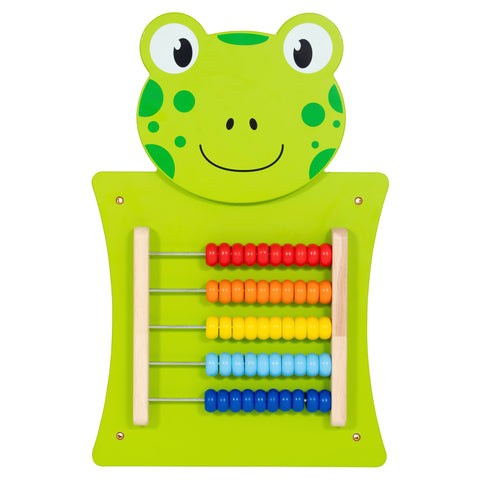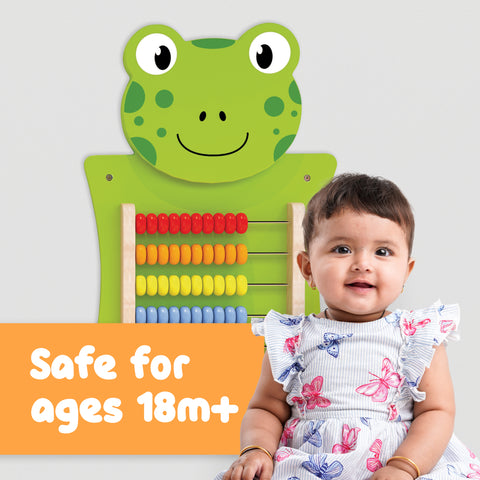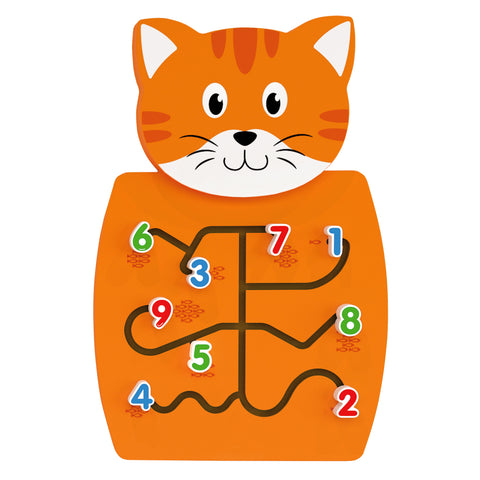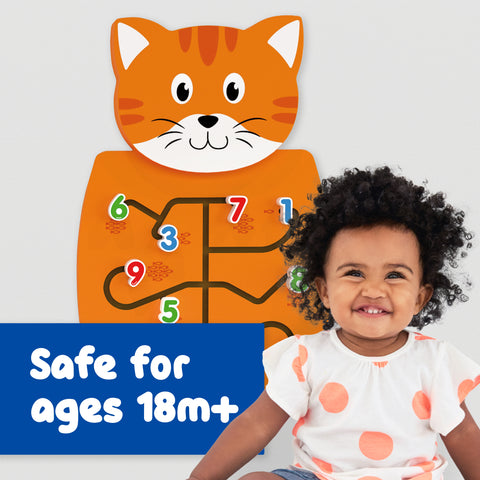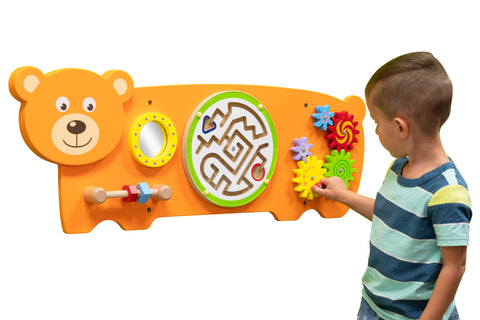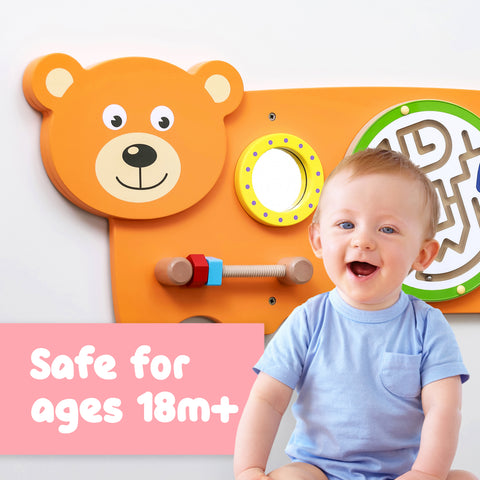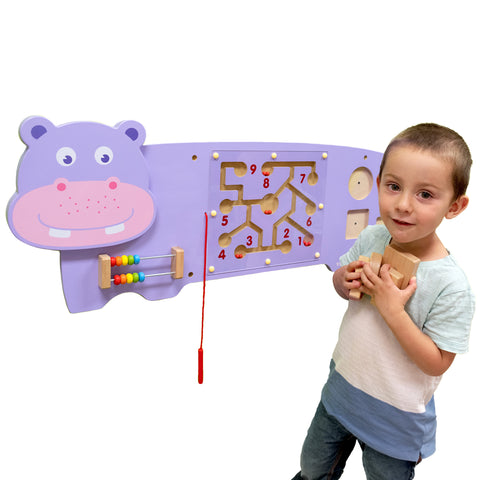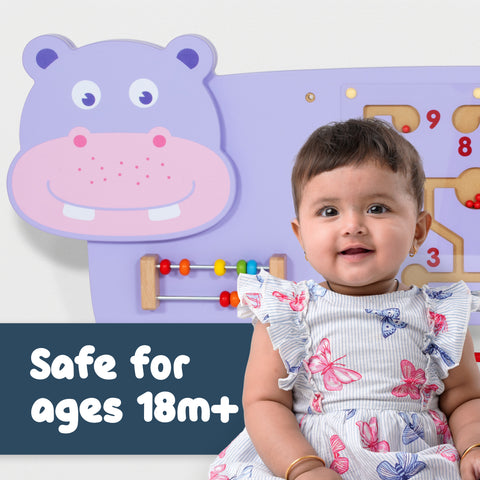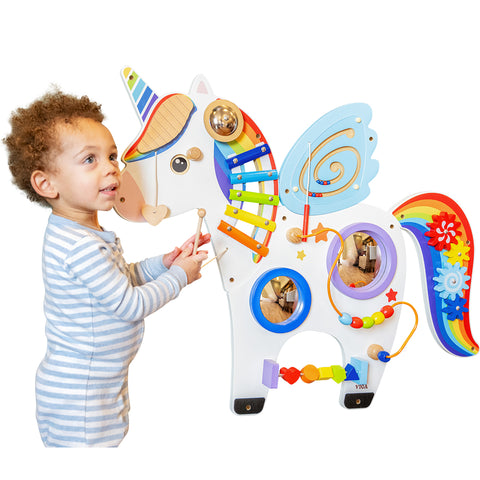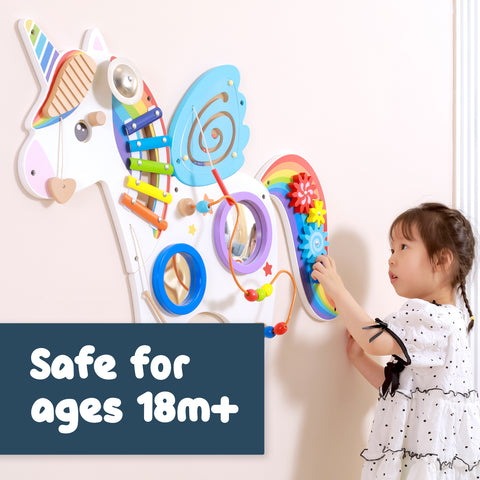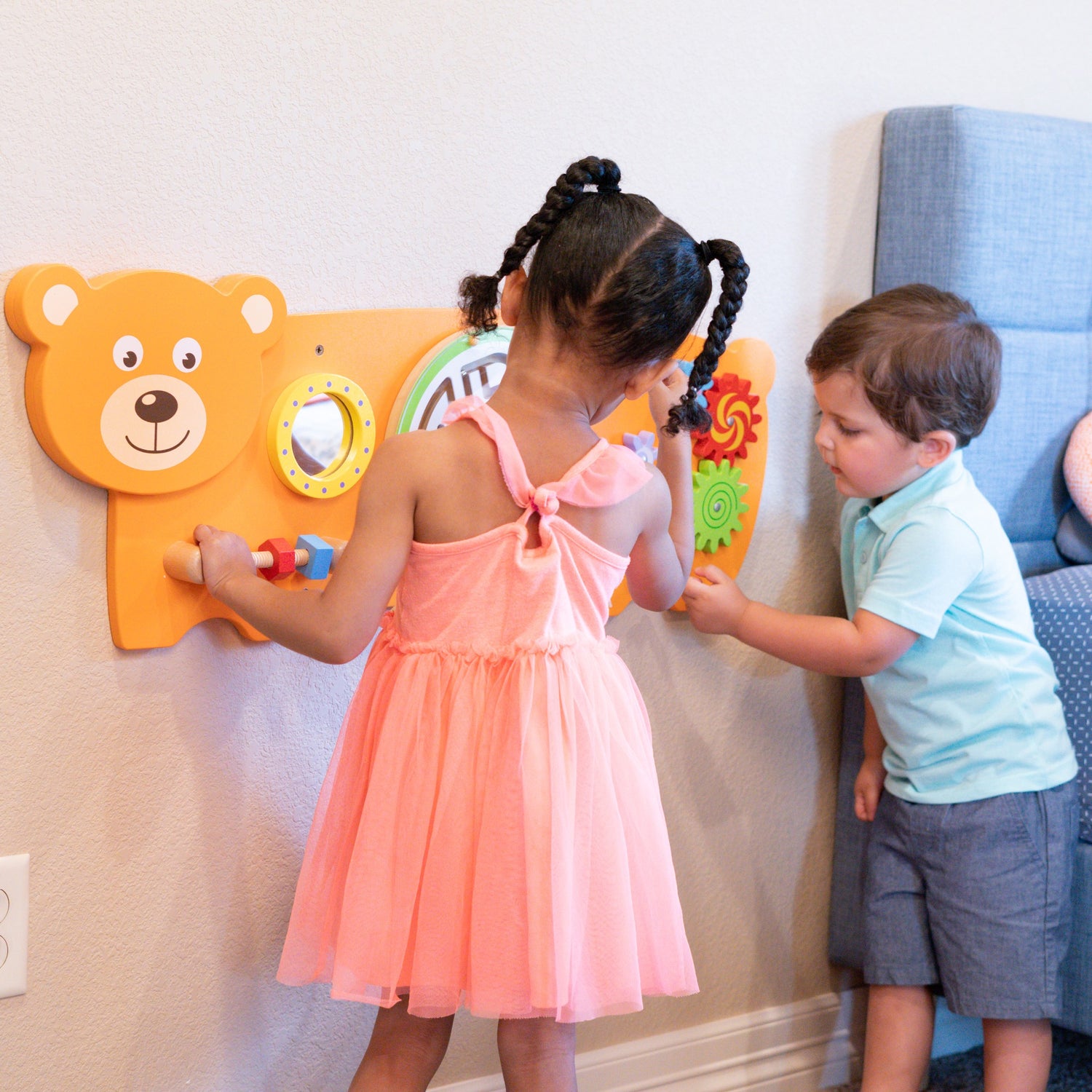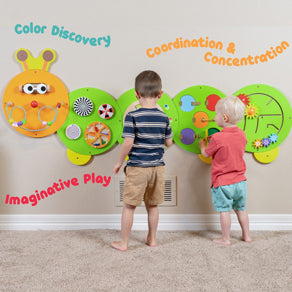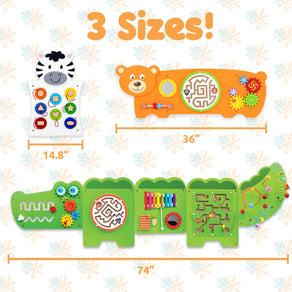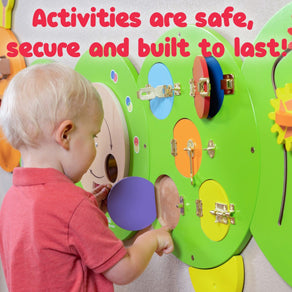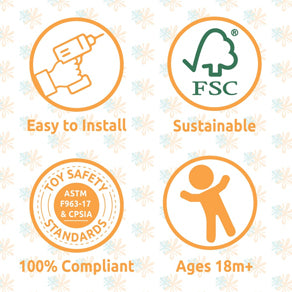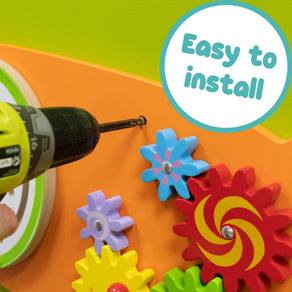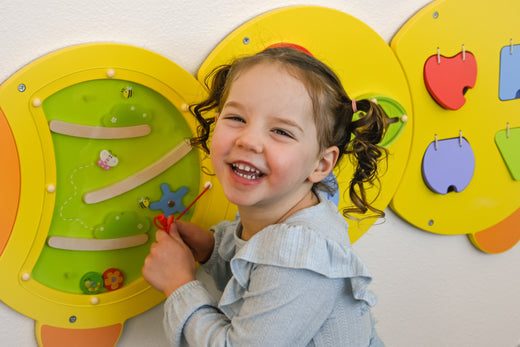
In a bright and noisy world, finding ways to help children feel calm and centered is tricky. Sensory toys can provide a sense of comfort and control, especially for children with autism or other sensory processing challenges. Whether it’s fascinating colors from a light-up table or soft, squishy stress balls, these toys are designed to promote focus, self-regulation and confidence.
Understanding Sensory Needs and Autism
Sensory processing is how the brain receives, organizes, and responds to sensory input. It impacts the ability to engage, focus, and interact with surroundings. For children with autism, sensory processing can be out of sync. Some children are overly sensitive to certain inputs, such as loud noises, bright lights or rough textures. Sensory toys can help children manage these overwhelming inputs. They provide opportunities for safe exploration and promote self-regulation through controlled stimulation.
Sensory challenges are unique to each child. Some may benefit from fidget toys while others may find weighted blankets or movement activities more helpful. Understanding a child’s individual sensory needs can go a long way toward creating a supportive and nurturing learning environment.
How Sensory Toys Boost Focus
Many children with autism struggle with attention and focus, particularly when surrounded by distracting sounds or busy environments. Sensory toys can help children regulate stimuli, allowing them to remain focused. They act as tools to filter out distractions. And they give children structured ways to engage with their environment.
Some tools provide an outlet for nervous energy. Others allow children to focus their attention on a task. Activities that involve repetitive movement, like squeezing therapy putty or solving puzzles, can help reduce sensory overload. Whether it’s structured activities, free play or periods of change, sensory toys support emotional regulation and boost attention.
How Sensory Toys Promote Calm and Emotional Regulation
Stress, frustration and anxiety are common challenges for children with autism during periods of change or overstimulation. Sensory toys can act as simple, effective strategies for calming these emotions. They allow children to self-regulate through calming, hands-on play. Over time, children will better understand how to tackle their big emotions.
Calm corners or sensory stations provide children with a dedicated area to take breaks when needed. These spaces give children a safe environment to explore sensory toys and process their emotions. Afterward, they can return to their daily routines feeling calm and ready to take on the world!
How Sensory Toys Build Confidence and Independence
Sensory play allows children to explore new challenges on their own terms. Activities like puzzles or building blocks let children try new things, make decisions and engage in trial-and-error learning—all of which are important building blocks for confidence. As kiddos learn to navigate and master different toys, they gain a sense of accomplishment—proving to themselves that they can figure things out, even when it might seem tricky at first.
Sensory toys can also be used to strengthen fine- and gross motor skills. These fundamental skills support independence in small, daily tasks like getting dressed.

How to Choose the Right Sensory Toy for a Child with Autism
Selecting the right sensory toy can have a huge impact on whether or not a child will benefit from it. Sensory toys should be engaging, safe and suited to unique needs.
When selecting toys, consider the tips below.
-
Age-appropriateness: Toys should be safe and engaging for the child’s age and developmental level.
-
Safety first: Look for non-toxic, durable materials that are free of choking hazards.
-
Multisensory engagement: Choose toys that allow for engagement with multiple senses—touch, sight and sound.
- Adaptability: Select sensory toys that can grow with the child’s changing preferences and developmental stages.
Here are a few sensory toy ideas to get you started:
-
Threading Boards
-
Sensory input: Tactile, visual and auditory.
-
How It Helps: This soothing activity encourages focus and calm concentration while providing a sense of accomplishment. It’s especially beneficial for children who enjoy hands-on learning. Kids will love the process of pushing the threading pens into the holes and pulling the laces out again to create relaxing patterns, sequences and designs.
-
Sensory input: Tactile, visual and auditory.
-
Therapy Putty
-
Sensory input: Tactile.
-
How It Helps: Therapy putty offers a hands-on sensory experience that promotes fine-motor development and hand strength. Squeezing, pulling and stretching can be useful for children needing a hands-on outlet.
-
Sensory input: Tactile.
- Textured Sensory Balls
-
Sensory input: Tactile.
-
How It Helps: These soft, squishy sensory balls feature a range of textures that help kids explore different sensations and self-regulate. The various textures also help children focus on touch, which can be grounding during moments of overstimulation.
-
Sensory input: Tactile.
-
Light-Up Toys or Sensory Bottles
-
Sensory input: Visual.
-
How It Helps: Toys with light-up features or sensory bottles filled with glitter and liquid provide calming visuals that draw a child’s focus. The shifting lights or trickling contents in a sensory bottle can also serve as a distraction during moments of overstimulation.
-
Sensory input: Visual.
-
Sound Machines or White Noise Machines
-
Sensory input: Auditory.
-
How It Helps: For kids who are sensitive to noise, a sound or white noise machine can mask distractions, promote focus and reduce anxiety. Provide soothing background sounds such as gentle rain, ocean waves or white noise.
-
Sensory input: Auditory.
Incorporating Sensory Toys into Daily Routines
Sensory toys help create structure, routine, and consistency, which are key for children with autism. Sensory breaks between structured learning or daily tasks can prevent frustration and sensory overload. Consistency in how these tools are used at home and school can also strengthen a child’s ability to cope with changes.
Plan sensory breaks between activities or daily tasks. Allow children to re-center and engage without feeling overwhelmed. Regular use of sensory toys for focused play or breaks can improve emotional resilience and coping strategies over time.
Create a World of Calm and Focus
Sensory toys are effective tools that can boost focus, encourage emotional regulation and build confidence for children with autism. They are easy to integrate into daily routines and learning activities. Empower children by choosing the right sensory tools, using them intentionally and creating sensory-friendly spaces. With the right approach, sensory toys can support a child’s well-being in ways that last a lifetime!

